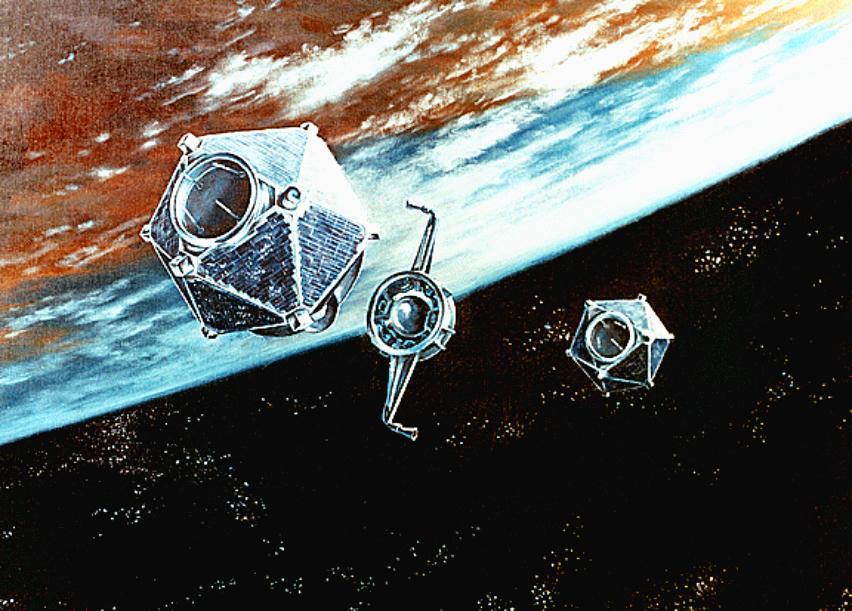On September 22, 1979, an unidentified double flash of light was detected by a United States Vela satellite.SEIG LUSEPTEMBER 14, 2022 9:10 AM1Shares1
Strange and mysterious light phenomenon in the sky have been recorded since ancient times. Many of these have been interpreted as omens, signs from the gods, or even supernatural entities like angels. But there are some weird phenomena that can’t be explained. One such example is the Vela Incident.

Post-launch speration of Vela 5A and 5B: Vela was the name of a group of satellites developed as the Vela Hotel element of Project Vela by the United States to detect nuclear detonations to monitor compliance with the 1963 Partial Test Ban Treaty by the Soviet Union. © Courtesy of Los Alamos National Laboratory.
The Vela Incident (sometimes referred to as the South Atlantic Flash) was an as-yet unidentified double flash of light detected by a United States Vela satellite on September 22, 1979. It has been speculated that the double flash was characteristic of a nuclear explosion; however, recently declassified information about the event says that it “was probably not from a nuclear explosion, although it cannot be ruled out that this signal was of nuclear origin.”
The flash was detected on 22 September 1979, at 00:53 GMT. The satellite reported the characteristic double flash (a very fast and very bright flash, then a longer and less-bright one) of an atmospheric nuclear explosion of two to three kilotons, in the Indian Ocean between Bouvet Island (Norwegian dependency) and the Prince Edward Islands (South African dependencies). US Airforce planes flew into the area shortly after the flashes were detected but could find no signs of a detonation or radiation.

In 1999 a US senate whitepaper stated: “There remains uncertainty about whether the South Atlantic flash in September 1979 recorded by optical sensors on the US Vela satellite was a nuclear detonation and, if so, to whom it belonged.” Interestingly, the previous 41 double flashes detected by the Vela satellites were caused by nuclear weapons tests.
There is some speculation that the test may have been a joint Israeli or South African initiative which has been confirmed (though not proven) by Commodore Dieter Gerhardt, a convicted Soviet spy and commander of South Africa’s Simon’s Town naval base at the time.
Some other explanations include a meteoroid hitting the satellite; atmospheric refraction; camera response to natural light; and unusual lighting conditions caused by humidity or aerosols in the atmosphere. However, scientists are still not sure exactly how and why the Vela Incident took place.
Source: https://mysteriesrunsolved.com/








